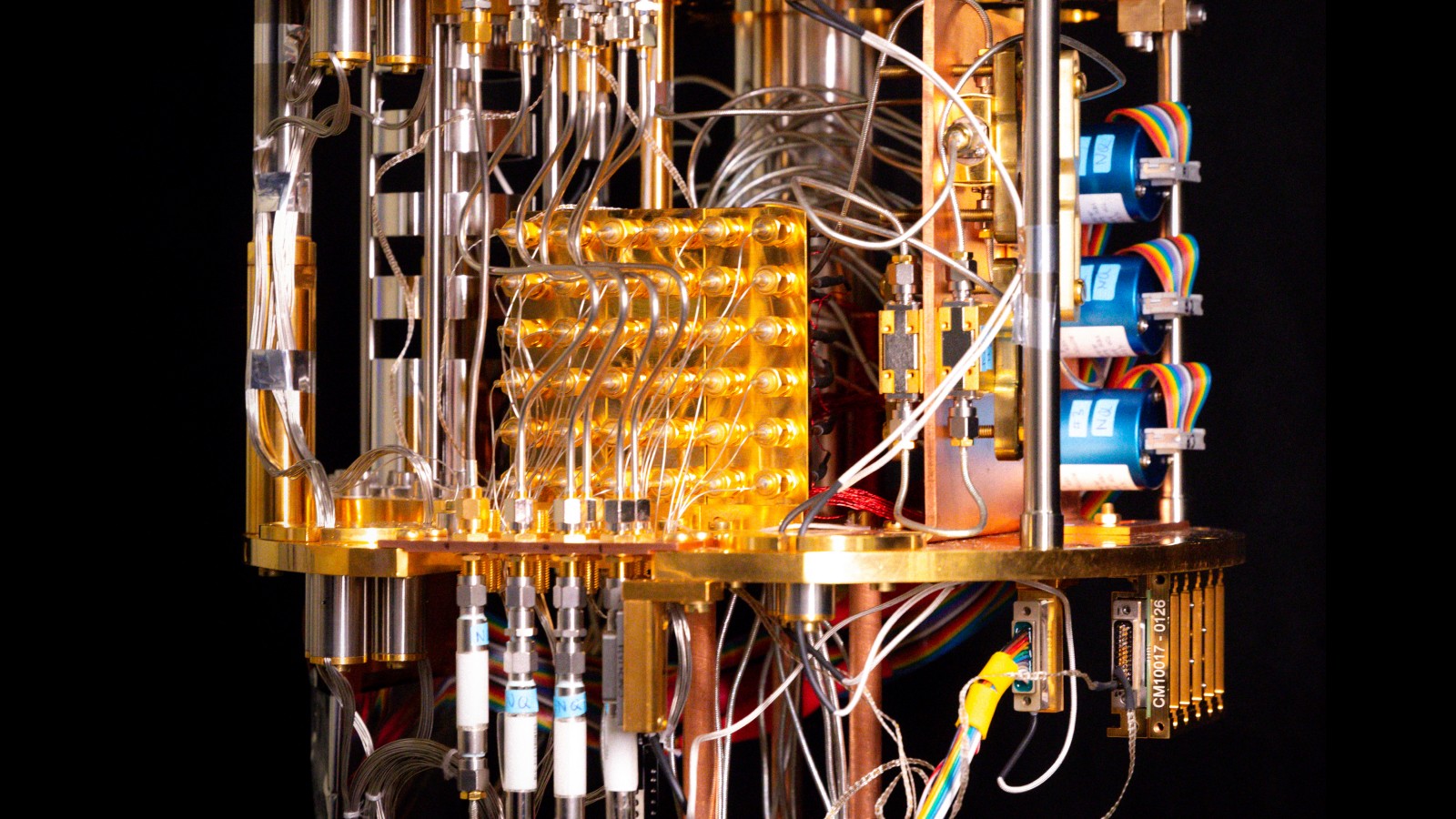Nanomaterials, Vol. 14, Pages 552: Biosynthesis of Cu-In-S Nanoparticles by a Yeast Isolated from Union Glacier, Antarctica: A Platform for Enhanced Quantum Dot-Sensitized Solar Cells
Nanomaterials doi: 10.3390/nano14060552
Authors: Carolina Arriaza-Echanes Jessica L. Campo-Giraldo Felipe Valenzuela-Ibaceta Javiera Ramos-Zúñiga José M. Pérez-Donoso
In recent years, the utilization of extremophile microorganisms for the synthesis of metal nanoparticles, featuring enhanced properties and diverse compositions, has emerged as a sustainable strategy to generate high-quality nanomaterials with unique characteristics. Our study focuses on the biosynthesis of Cu-In-S (CIS) nanoparticles, which has garnered considerable attention in the past decade due to their low toxicity and versatile applications in biomedicine and solar cells. Despite this interest, there is a notable absence of reports on biological methods for CIS nanoparticle synthesis. In this research, three yeast species were isolated from soil samples in an extreme Antarctic environment—Union Glacier, Ellsworth Mountains. Among these isolates, Filobasidium stepposum demonstrated the capability to biosynthesize CIS nanoparticles when exposed to copper sulfate, indium chloride, glutathione, and cysteine. Subsequent purification and spectroscopic characterization confirmed the presence of characteristic absorbance and fluorescence peaks for CIS nanoparticles at 500 and 650 nm, respectively. Transmission electron microscopy analysis revealed the synthesis of monodisperse nanoparticles with a size range of 3–5 nm. Energy dispersive X-ray spectroscopy confirmed the composition of the nanoparticles, revealing the presence of copper, indium, and sulfur. The copper/indium ratio ranged from 0.15 to 0.27, depending on the reaction time. The biosynthesized CIS nanoparticles showed higher photostability than biomimetic nanoparticles and demonstrated successful application as photosensitizers in quantum dot-sensitized solar cells (QDSSC), achieving a conversion efficiency of up to 0.0247%. In summary, this work presents a cost-effective, straightforward, and environmentally friendly method for CIS nanoparticle synthesis. Furthermore, it constitutes the first documented instance of a biological procedure for producing these nanoparticles, opening avenues for the development of environmentally sustainable solar cells.

 1 month ago
19
1 month ago
19

